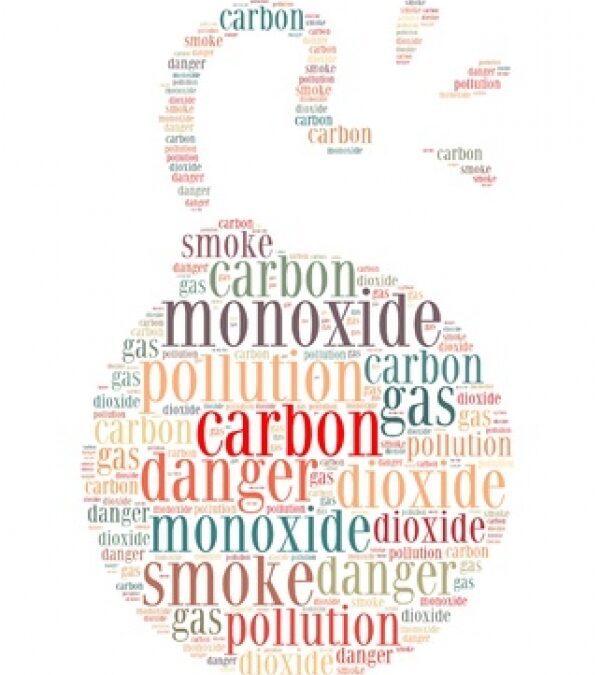The dangers of carbon monoxide can be life-threatening and having a carbon monoxide detector near your furnace is vital. In this blog, we want to discuss the most common sources of carbon monoxide. Knowing where this poisonous gas comes from can help you be on the lookout for its sneaky presence.
- Chimneys and furnaces: Heating systems burn oil and gas. This oil and gas create toxic byproducts like soot, nitrogen dioxide, and of course carbon monoxide. Typically, these harmful byproducts are kept within the ventilation of the heating appliance, but, occasionally, an improperly sized chimney or a furnace in need of repair will leak and introduce these poisonous gases into the air of your home.
- Gas water heaters: Proper venting is critical when installing a water heater. If a gas water heater is improperly connected, carbon monoxide can be released into the air, and eventually seep into your living space. Prevent that from happening by having a professional install your water heater. At Affordable Service, we have over 30 years of experience caring for Albuquerque and Rio Rancho’s plumbing and heating needs. We install water heaters frequently, and we know how to prevent carbon monoxide leaks.
- Wood stoves and fireplaces: As a byproduct of combustion, carbon monoxide is going to be present whenever you burn something, so wood stoves and fireplaces are especially dangerous if left unmaintained. Most problems occur as a result of incomplete combustion and poor ventilation. This is almost entirely avoidable if you schedule regular maintenance and inspection with Affordable Service.
- Gas generators: Generator exhaust contains high levels of CO, so never, ever use a generator indoors. Using a generator indoors can kill you within minutes. Enclosed areas like garages or crawlspaces do not allow carbon monoxide to escape, trapping you inside with the odorless gas. Following generator safety instructions is imperative. Most generators come with instructions and warnings to govern their use. Typically, you will want to use your generator outdoors and far away from open windows, vents, and doors. Most generators will require a distance of at least 20 feet from your home.
Knowing where carbon monoxide comes from can help you be on the lookout for potential risks. Most of these dangerous situations can be eliminated through routine inspection and maintenance. Remember to always have a professional install and maintain any heating appliance in your home. Affordable Service Plumbing and Heating is always here to help!
